Also the be quiet! Silent Wings 4 (Pro) 140 mm were already advertised by marketing weeks ago, but today there is finally the test as part 2 in direct comparison with the models with 120 mm diameter. Of course, there have already been various reviews on the web since the launch, but we deliberately took more time this time. If you want to learn more about the new 120 mm fans, I would like to refer you to the already published review. But even so, you have a good comparison, because today we will simply compare both models against each other, before we might also use them as respective reference later. And I also have an idea for the comparison later, to be able to compare all tested fans in real time with each other from now on.
be quiet! Silent Wings 4 (Pro) 120 mm Gehäuselüfter im Test – Wenn der Name Programm ist | Teil 1
Preliminary note
But why the delay now? This is also due to the fact that our test specimen in the real measurement setup (see also page 2) showed certain peculiarities that we wanted and still want to get to the bottom of. Even though the manufacturer cannot reproduce the problems we encountered in its setup for the time being, we decided to do a retest on another, new sample, which we will submit soon. Unfortunately, there is always a certain amount of series variation, and no one is immune to that. However, measurements of fans suspended on a rubber band in many laboratories (where the interactions of rotor and stator can virtually cancel each other out) are very different from tests where (as in our case) the stator is deliberately fixed as tightly as possible (without neglecting the decoupling) in order to also be able to measure speed-related vibrations as a result of a complex interaction between the fan components.
Introduction
The manufacturer offers both fan sizes as a standard and a Pro version, whereby the Pro version can not only do everything that the simpler version can, but even quite a bit more in terms of maximum speeds. If you know the Pro version, then it is easy to conclude the other offered variants, which only differ in the available speed range. That’s why we only test the Pro version, but we have the advantage with our new metrics that you can also evaluate the other fans with these charts. For the sake of simplicity, I refer here to the recently published article on this subject.
And what else? You have to be quiet! yes let, but they have also been consistent with the 140 without lamp loading. RGB is currently not even available for a surcharge, and that is a good thing. The hub (weight) and electronics (noise) are unencumbered and there is also no annoying illuminated ring that could negatively affect the radiator meter. The fan from Power Logic concentrates on what it is primarily supposed to do: realize good, but quiet ventilation. And that’s exactly what a Silent Wing 4 Pro 140 can do really well, even though I don’t want to spoil anything at this point. With street prices between a bit under 22 and 30 Euros (RRP), you are already in the upper class or premium segment in terms of price, which raises the bar a bit.
The black frame is functional and simple, has a useful decoupling and for operation on the radiators even a quite passably functioning partitioning of the air flow, so that no pressure is lost. The rotor with its 9 moderately steeply pitched blades is not a great innovation in purely visual terms, nor is the 6-pole motor. But you don’t have to make the tried and tested worse by force, but you can optimize it in a targeted way. The fan once again relies on a good hydrodynamic plain bearing (FDB), which does exactly what it is supposed to. If you want to know all the technical details and the manufacturer’s point of view, I refer you to the specifications and the embedded documentation at the end of the page. It really says it all.
However, I will have various comments later on the engine noises that occur independently of the bearing, up to and including the teensy humming in some speed ranges and certain installation variants. The weight of 256 grams is not bad at all. The manufacturer specifies the thickness (installation depth) as 25 mm, which is even true. The maximum gap of 1.5 between the rotor and frame is very good and the surface finish is definitely not objectionable. The power consumption turns out relatively high at full speeds with just under 4 watts for the fan at maximum speeds, but this is due to the high speeds. But I’ll get to all the details in a moment, because there’s an extra paragraph on that.
By the way, you also get a lot of accessories for the corners, so that the fans always find the right fit on radiators or in the case. This is commendable in every respect. Only cascading is not available, here you have to use the motherboard or a hub, which is a bit of a pity.
Silent Wings 4
Silent Wings Pro 4
For all those who still need the media-compliant buzzwords and features and want to find out how easy it is to do all the cabling, I would simply recommend the Media Kit, where you can really find everything that has to do with the luminosity, optics, and condensing:
Press Briefing Silent Wings 4 - EN
On the next page you will first see how and what we test and why. Understanding the details is incredibly important in order to be able to objectively classify the results later on. The differences between many models are more in the details and the best fan for all situations can hardly exist. There is a certain optimum in every situation and, of course, good all-rounders. But they usually have their price. However, if you are planning very specifically with 60 mm radiators, for example, you might be able to save money by choosing the best model for your intended use, which might not perform so well as a case fan. And vice versa, of course.














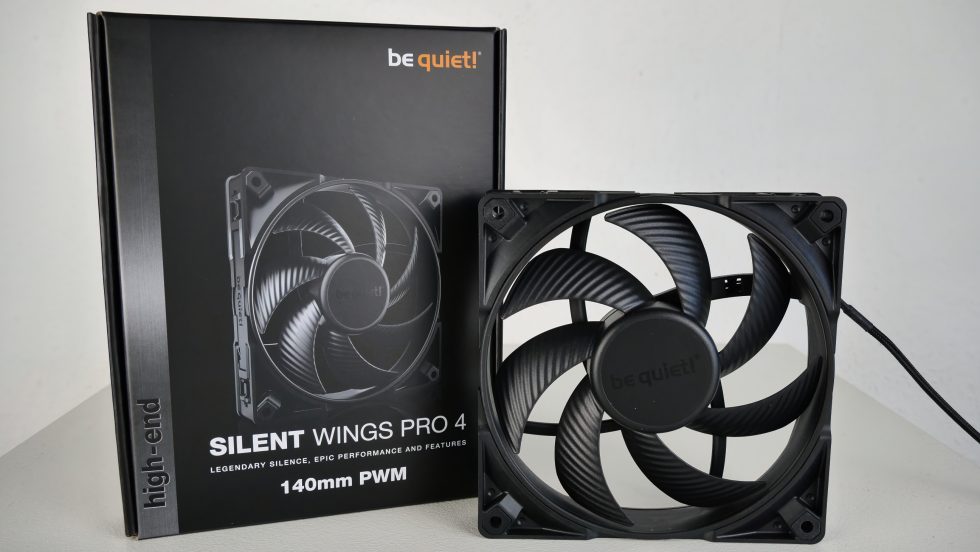
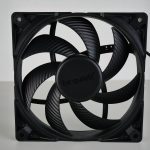
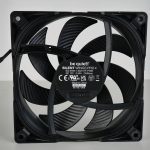
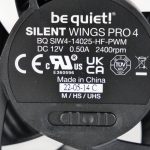
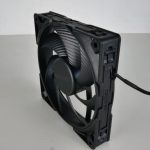
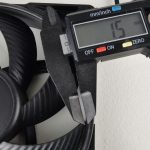
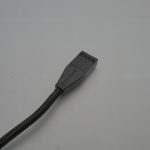
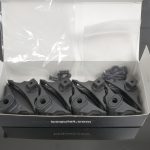
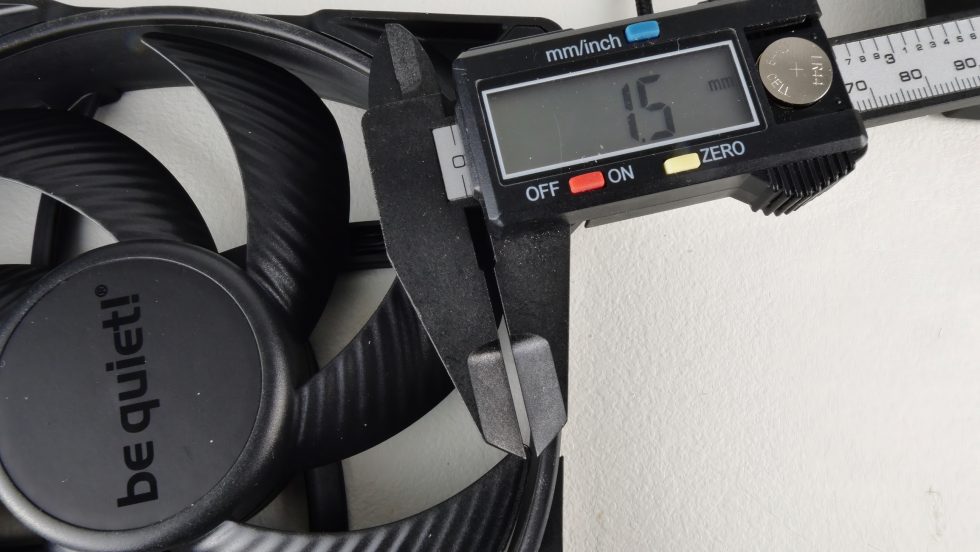
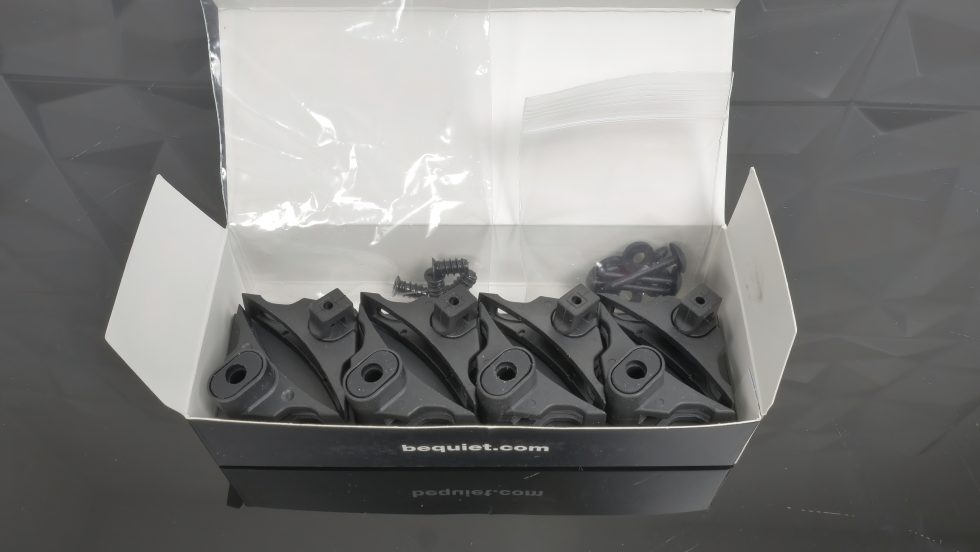
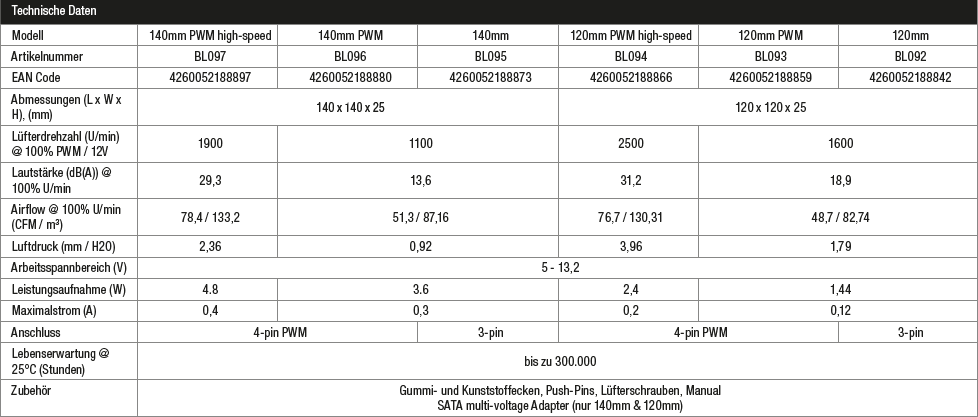



















38 Antworten
Kommentar
Lade neue Kommentare
Mitglied
1
Urgestein
Urgestein
Urgestein
Urgestein
Urgestein
Veteran
Urgestein
Urgestein
Veteran
Urgestein
Urgestein
Urgestein
Veteran
Urgestein
Veteran
Urgestein
Alle Kommentare lesen unter igor´sLAB Community →